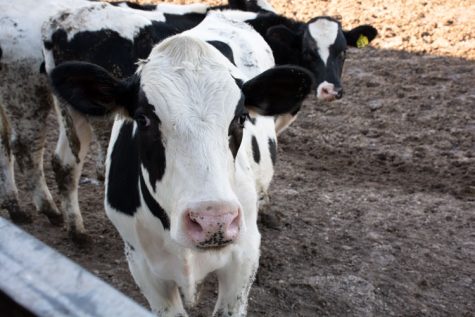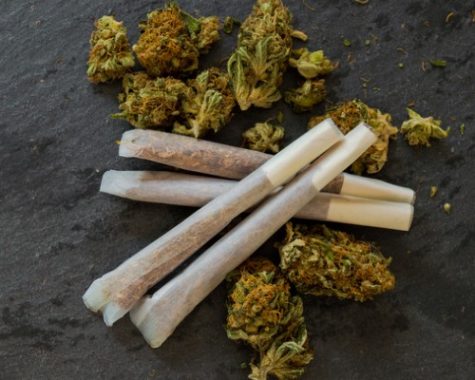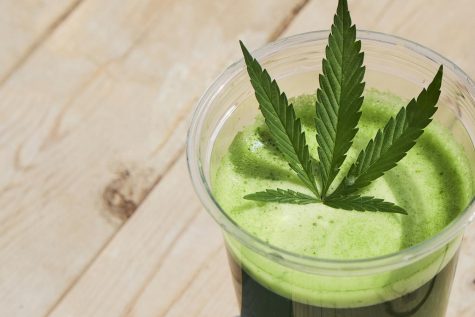Indian government will allow cannabis research for the first time
Cannabis research in India is to be permitted for the very first time, indicating a global shift in pot laws. The country, which was home to an estimated 1.35352 billion people last year, forbids the sale, use and cultivation of cannabis.
India’s narcotics department, the Narcotics Control Bureau (NCB), has given official permission for researchers to study the plant’s medical benefits; something that the government has avoided up until now.
Interestingly, a large body of ancient religious texts that originated in India – known as the Vedas – spotlight the plant as being sacred. However, drug abuse led to cannabis being banned outright.
A project is set to commence into the plant’s therapeutic compounds, including the non-psychotropic cannabinoid CBD (cannabidiol) and cannabis’ psychoactive element THC (tetrahydrocannabinol).
Plants will be cultivated in a monitored setting for cannabis research in India
All plants used for research purposes in India will be cultivated and monitored at the Central Institute of Medicinal and Aromatic Plants (CIMAP). One grow facility can be found in Uttar Pradesh and another in Uttarakhand.
In order to conduct medical cannabis research in India, the Jammu-based Indian Institute of Integrative Medicine (IIIM) will team up with CSIR. If all goes to plan, IIIM will carry out clinical trials in a number of different facilities, including a hospital in Raipur, the All India Institute of Medical Sciences and Mumbai-based Tata Memorial Center (TMC).
Although previous trials have taken place on animals, there is a real need for human trials. IIIM is optimistic that the Institute will obtain regulatory approval to conduct such trials.
Sourcing illicit substances for medical research in India is no easy feat. Under the country’s existing law – the Narcotic Drugs and Psychotropic Substances Act of 1985 – the cultivation of cannabis, opium and coca are forbidden, regardless of the reason for being grown.
Cannabis is the only plant that can be harvested for use in medical research, according to the details of the Act.
“Genetic improvement of identification and selection of THC, CBD and cannabinioderpene,” will be focused on by the Council of Scientific and Industrial Research (CSIR) and CIMAP. This is based on a statement released by the government.
State governments have been on the receiving end of this note, in addition to the finance ministry director and the narcotics control director.
Discussions arose regarding medical cannabis research in India last year
The news of medical cannabis research in India comes as no surprise to many. In 2018, discussions arose regarding allowing research of this kind to commence. Experts from India’s Ministry of Ayurveda, Yoga & Naturopathy, Unani, Siddha, Sowa Rigpa and Homoeopathy (AYUSH) ministry pitched the idea at a recent event.
Discussions about the plant’s therapeutic potential, such as its suitability for use in the management of pain, epilepsy and cancer symptoms – to name a few – prompted the Indian government to change its stance on medical cannabis research.
A handful of Indian companies are already utilizing the hemp plant to produce accessories and textiles. However, hemp does not possess psychoactive properties like the cannabis plant does; the plant grows with no more than 0.3 percent of the psychoactive compound THC.
Since hemp is capable of producing copious amounts of the non-psychoactive cannabinoid CBD, it could be a welcome alternative to growing cannabis. CBD oils and extracts are taking the medical and wellness industries by storm, what with the cannabinoid harboring a whole host of therapeutic properties, including anxiolytic, analgesic and anti-inflammatory effects.
CBD is gradually making its way around the world. Numerous retailers in Europe are joining the U.S. and Canada in providing consumers with CBD. Plus, with the World Health Organisation (WHO) recently suggesting that cannabis should be recategorized under international law, more evidence pertaining to its medical use is sure to surface in the near future.











